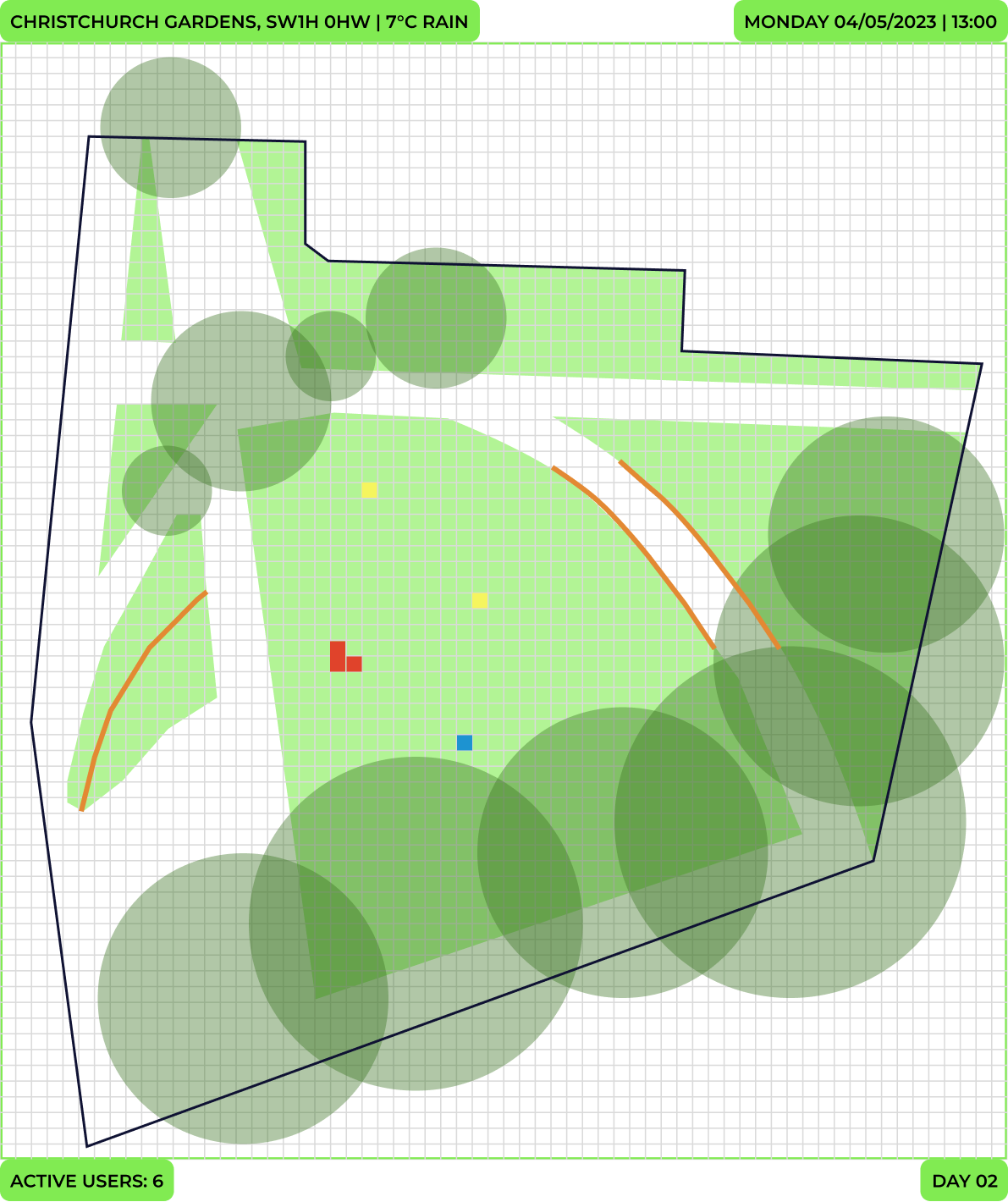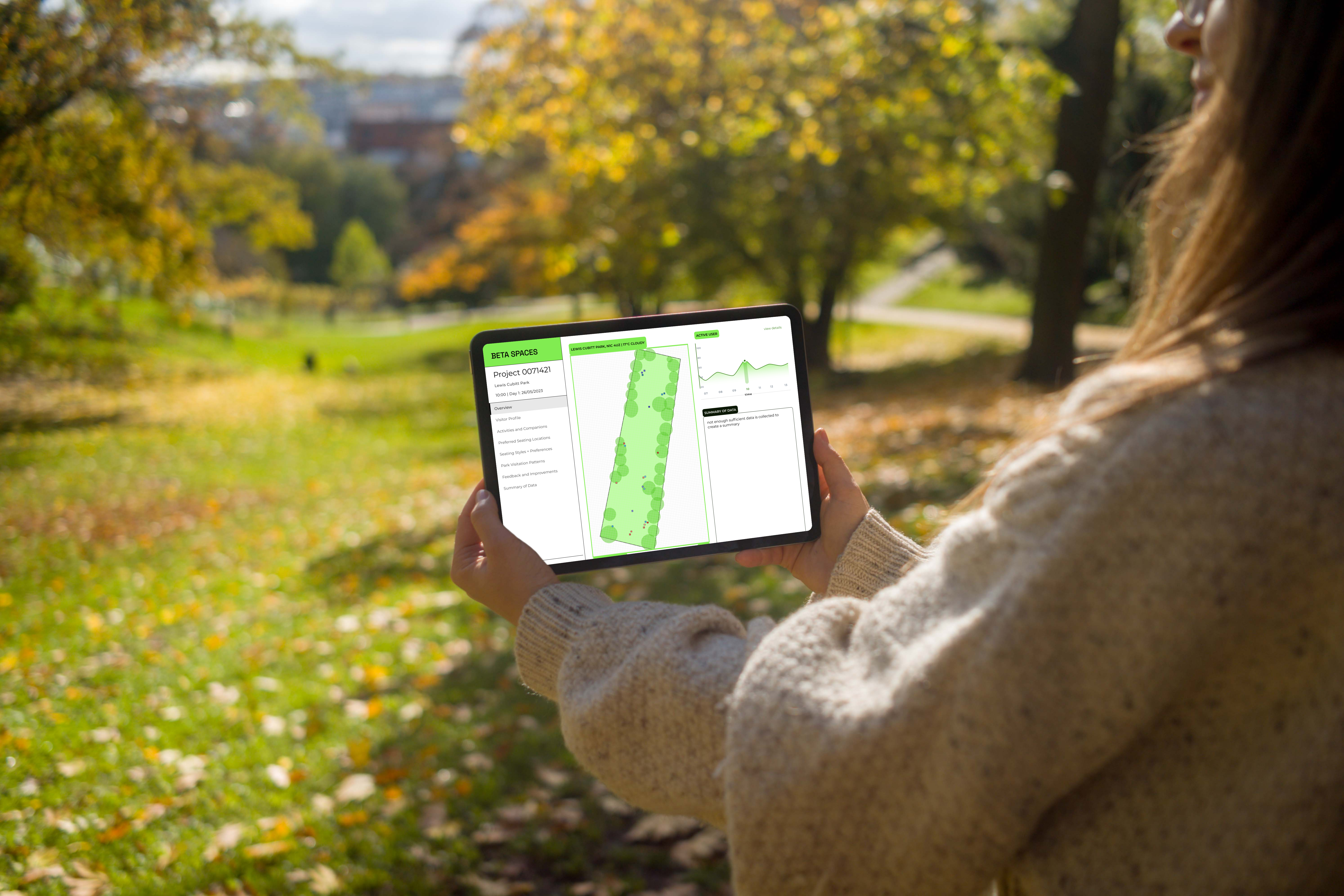BETA SPACES
Brief from Clear Channel
To create a “National Inclusive Street Furniture Guideline’ and “make public space more inclusive for the diversity of gender, age, race, ethnicity, age, disability, income, etc.”WHAT
A research tool that uses data-driven design through machine learning to create more equitable public spaces and improve access to healthy green spaces.WHY
User participation is crucial in creating equitable spaces. In particular, with green spaces, people of colour are 20% less likely to benefit from them due to how they are designed for white and able-bodied individuals. By using machine learning, Beta Spaces hopes to create an easier and more comprehensive way to understand these spaces and their users, in order to create spaces that cater to the right needs.

THE SPARK



THE GOAL
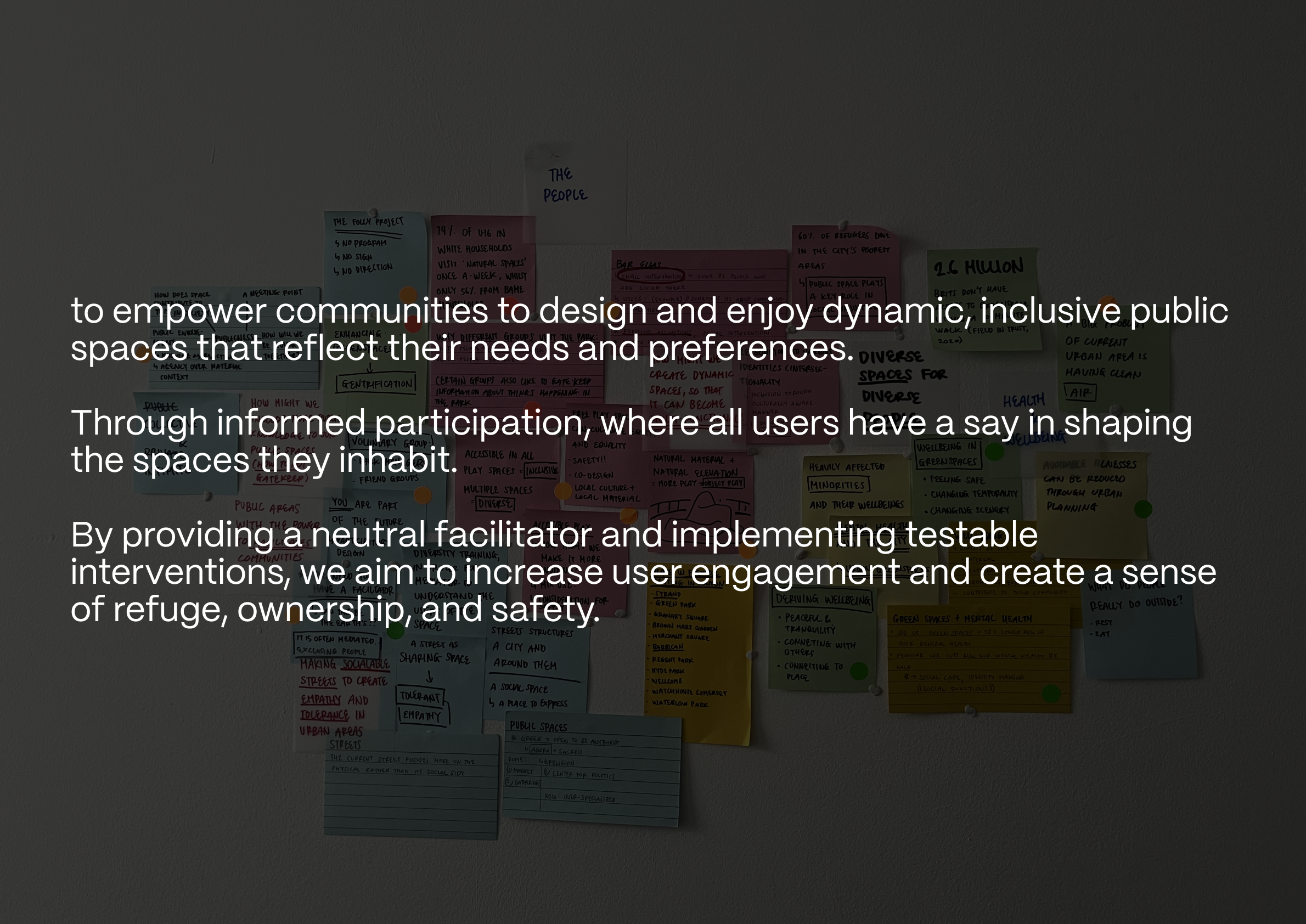
PROJECT POSITIONING
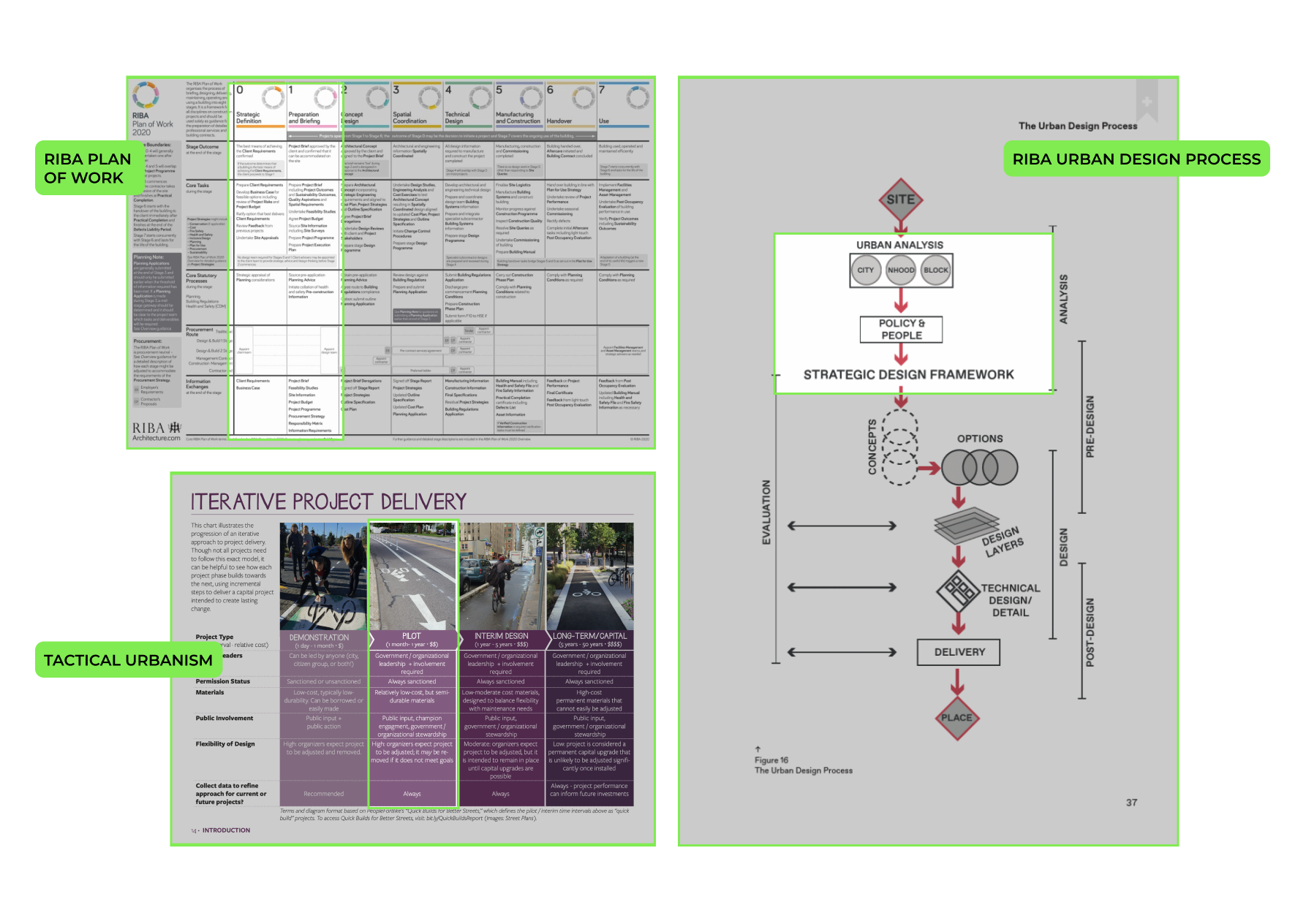
THE SERVICE
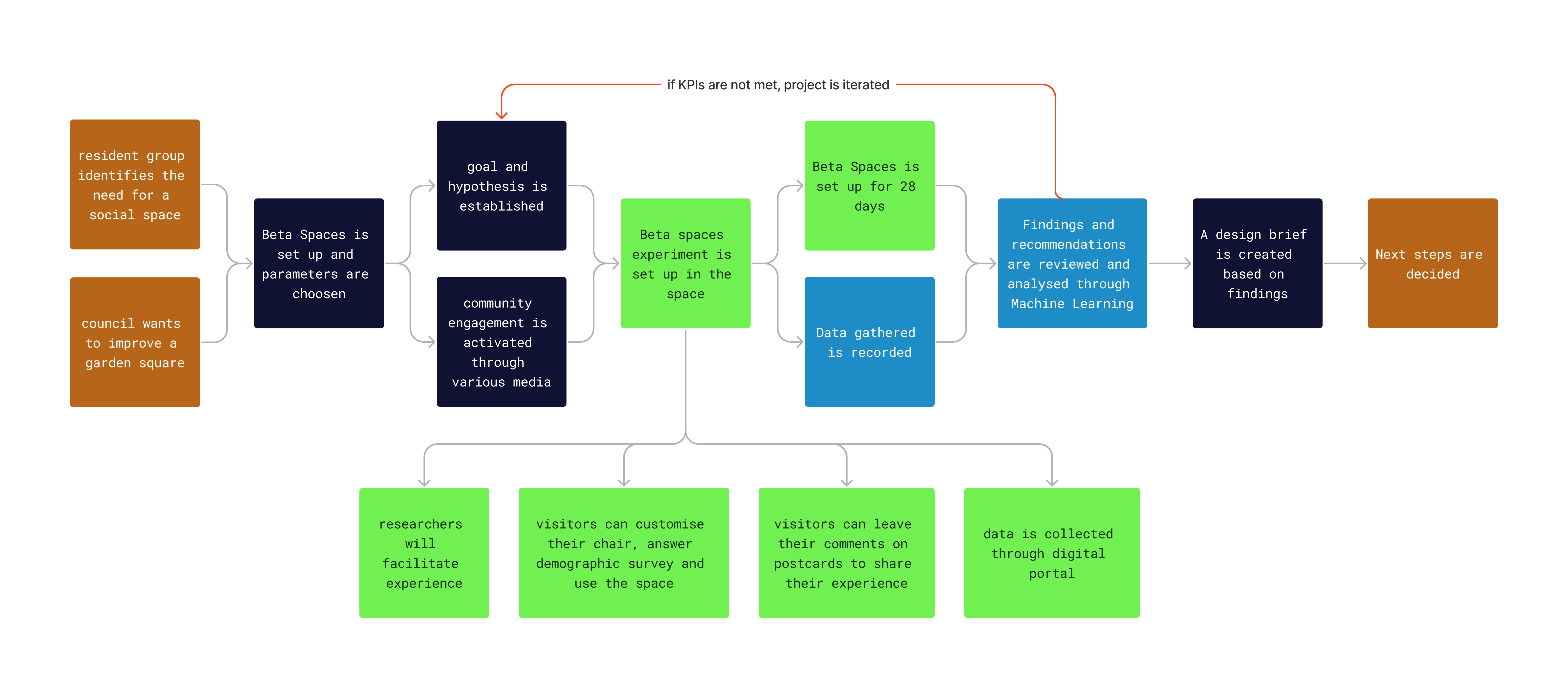
USER PERSONA

METHODOLOGY
To understand spaces, I used the Ghel guide for measuring urban experiences, recommended by Joana Bajaj from Catalytic Action. Employing the methodology of "tactical urbanism" and the concept of a "meanwhile space" to engaged people in the experiment.
![]()

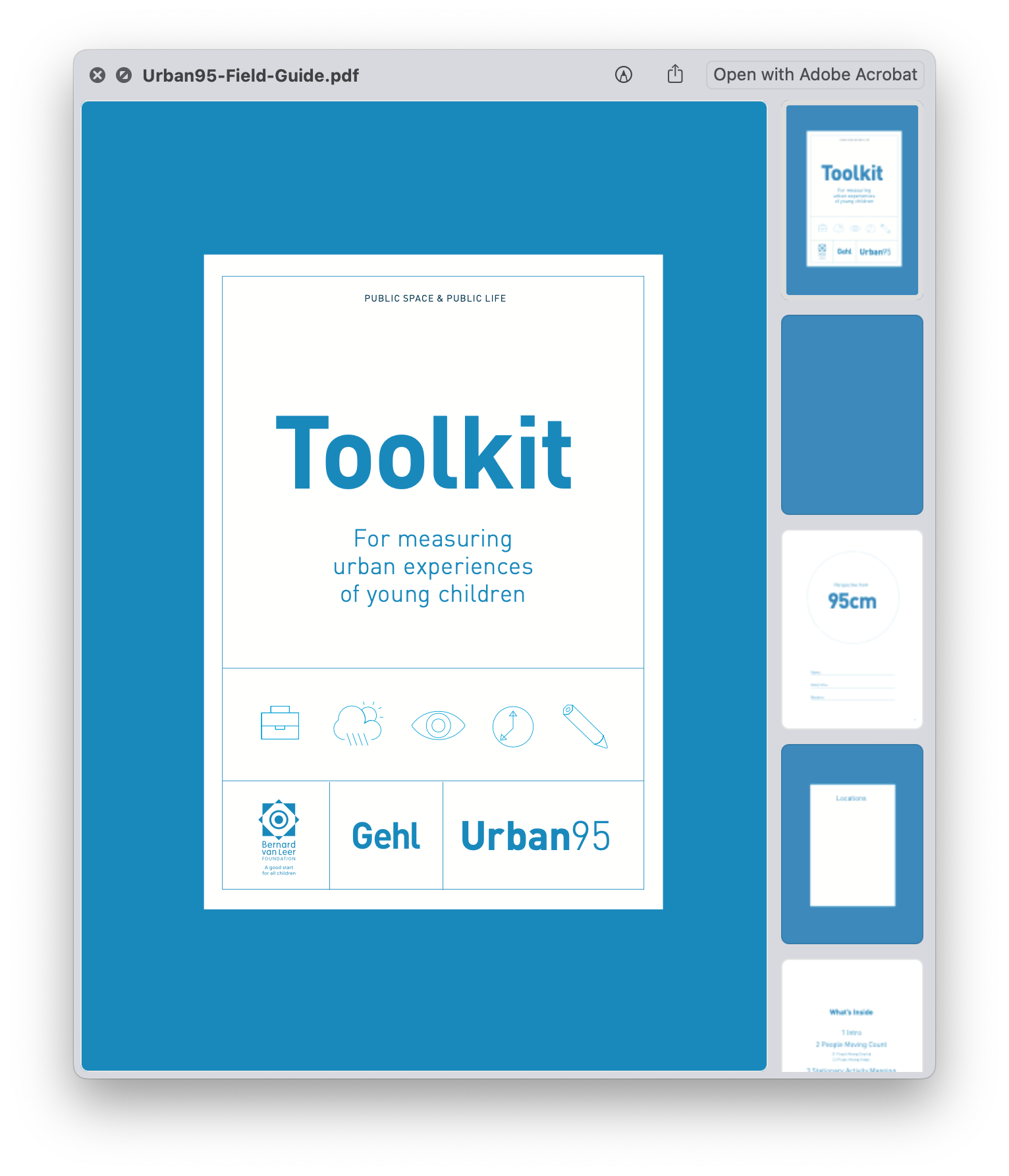
TESTING
Trial 1
Learnings:- Gathering all the necessary data at once is time-consuming and energy-draining for one person.
-
The analysis process is labor-intensive, particularly when dealing with a large amount of collected data.
Recommendation:
- It is crucial to develop a tool that can efficiently collect the required data to gain a comprehensive understanding of public spaces.
- Utilizing technology-assisted tools can help gather data and identify patterns in human behavior, supporting researchers in gaining insights about the optimal use of a space.
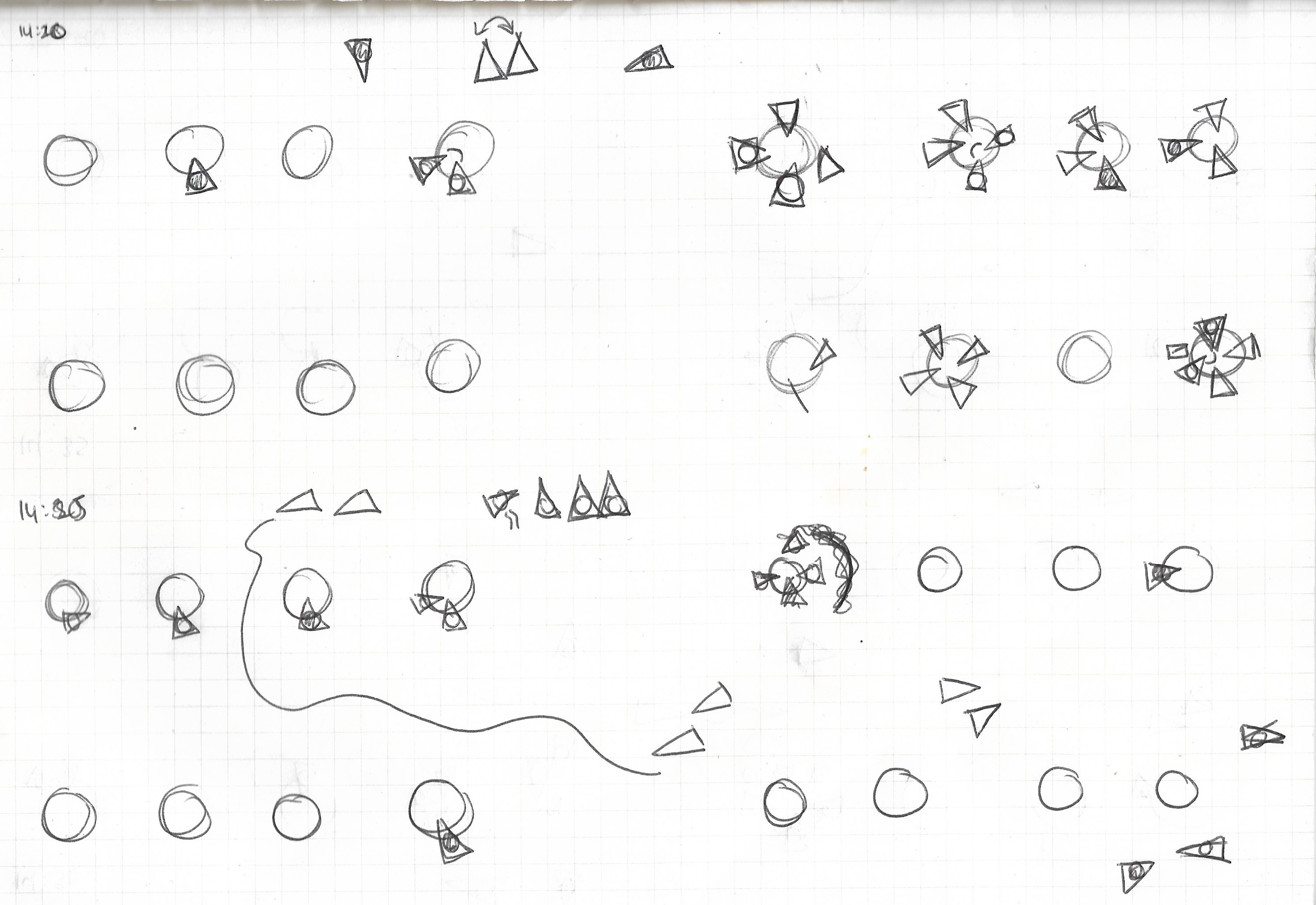
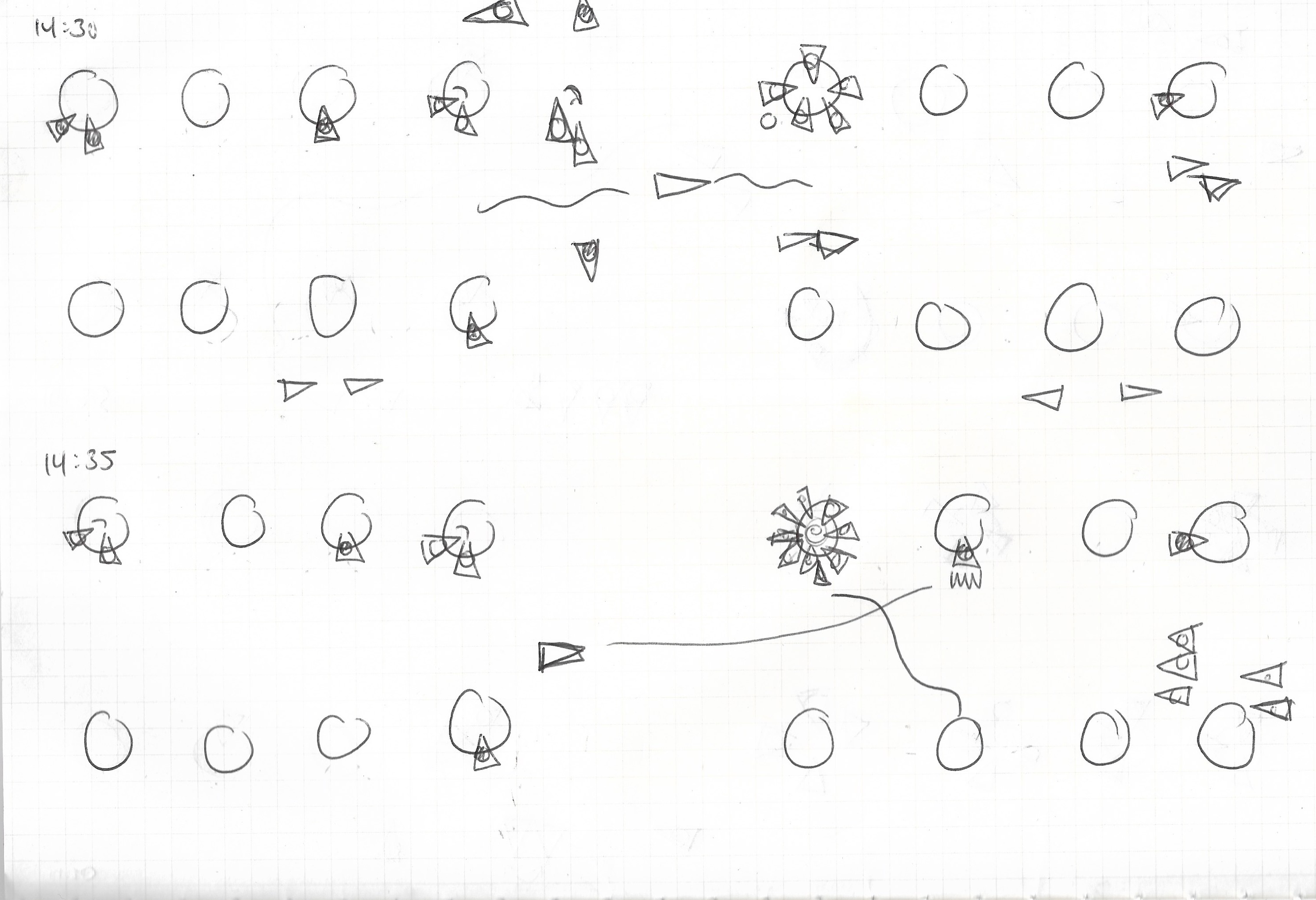
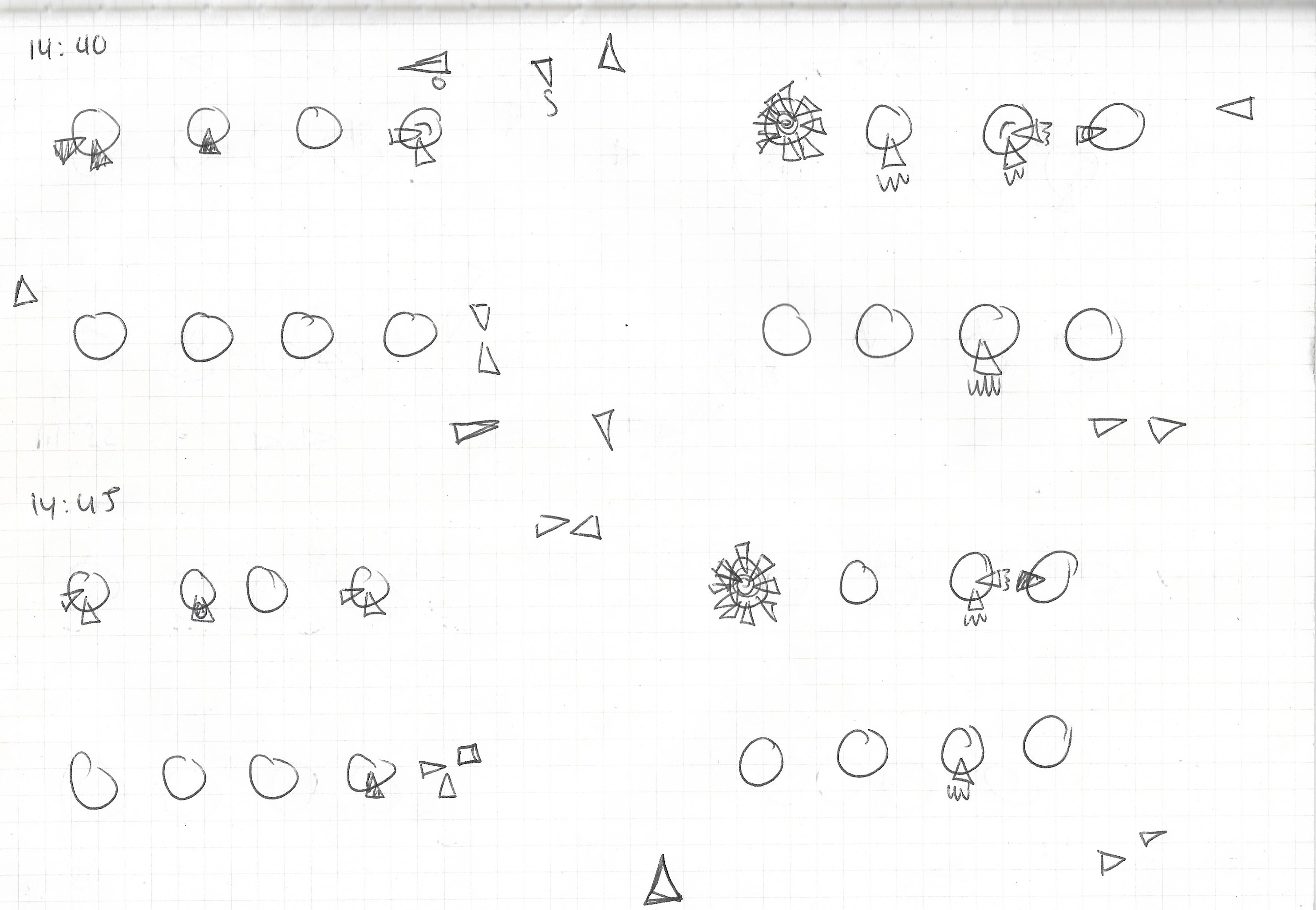
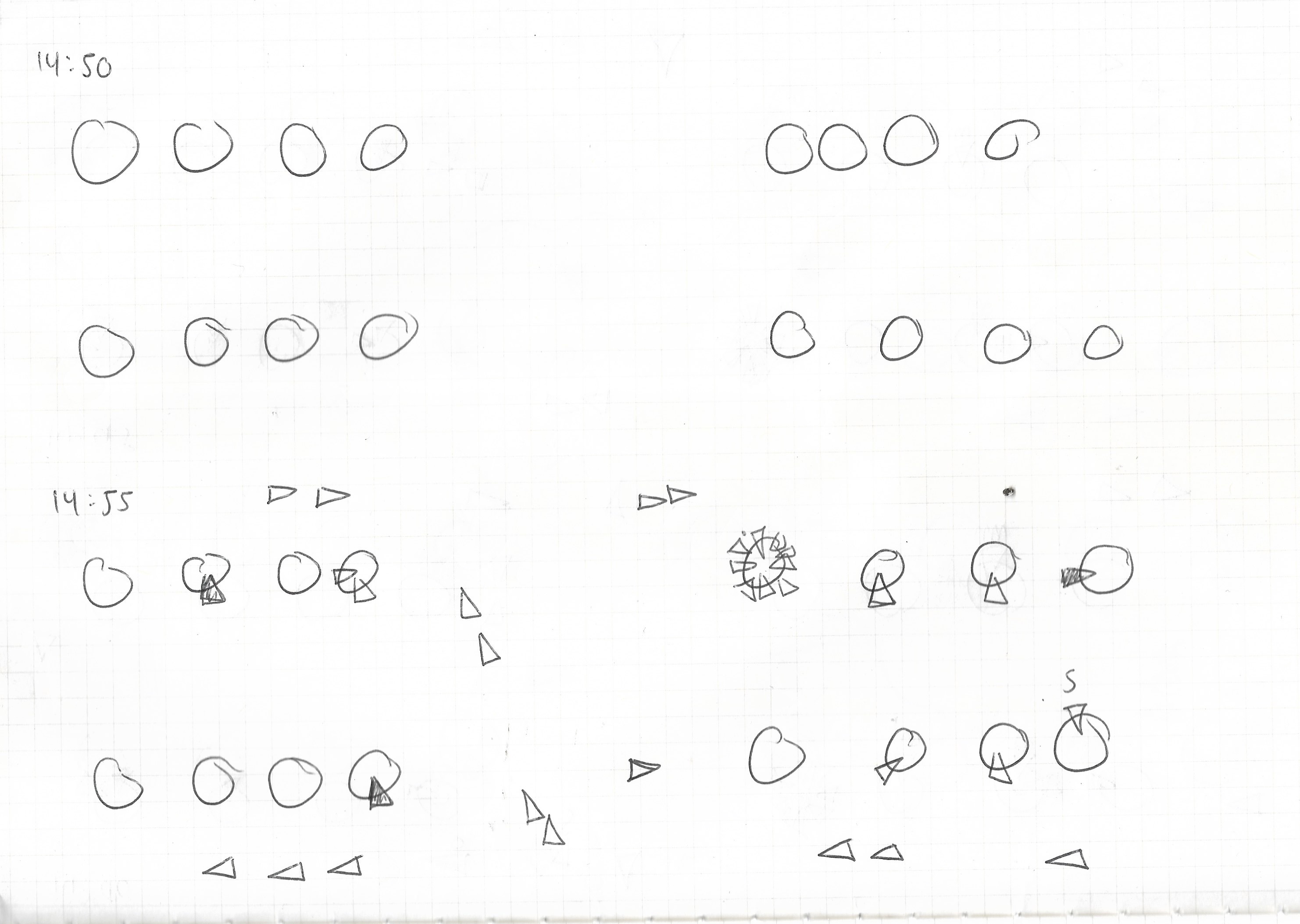
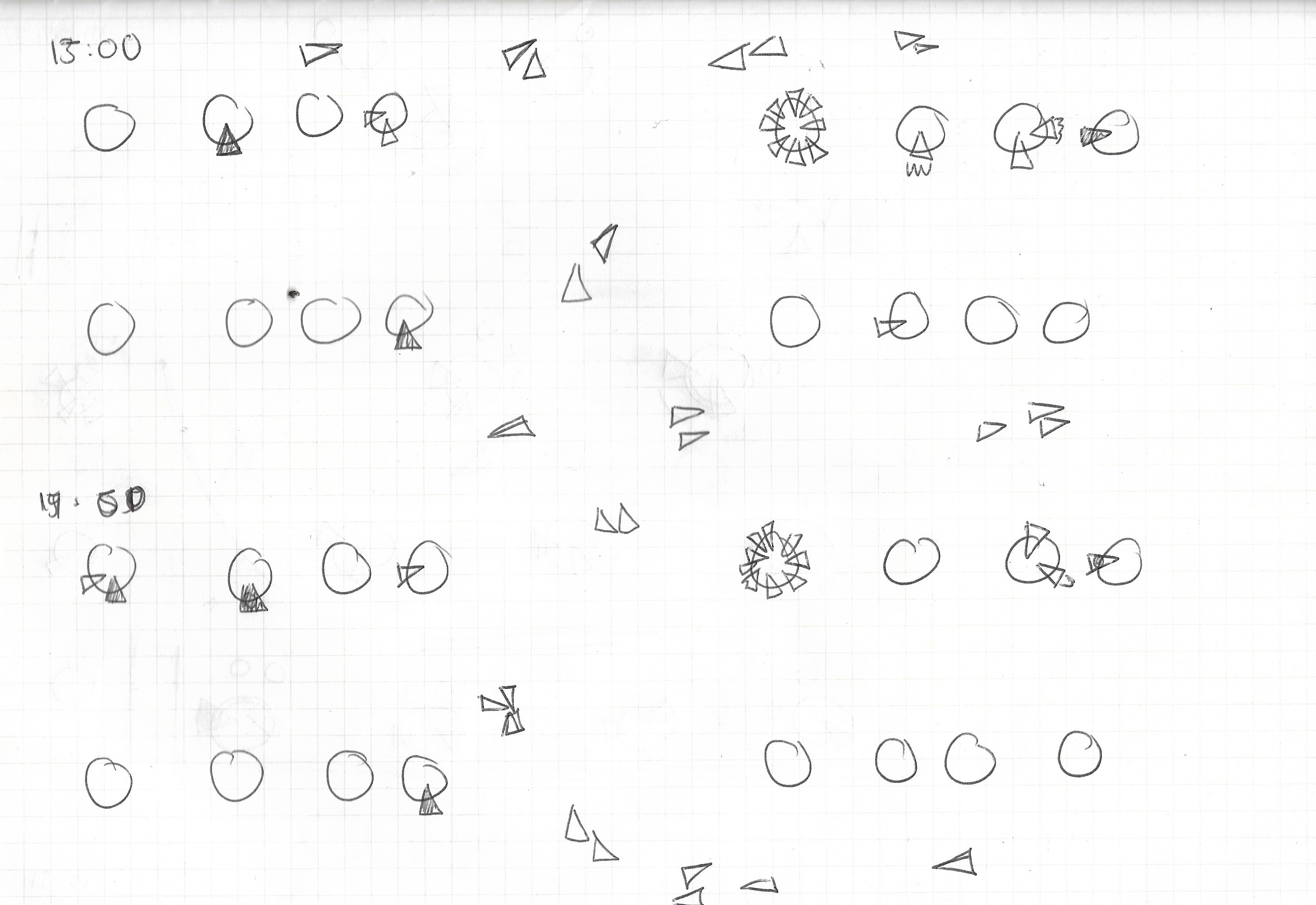
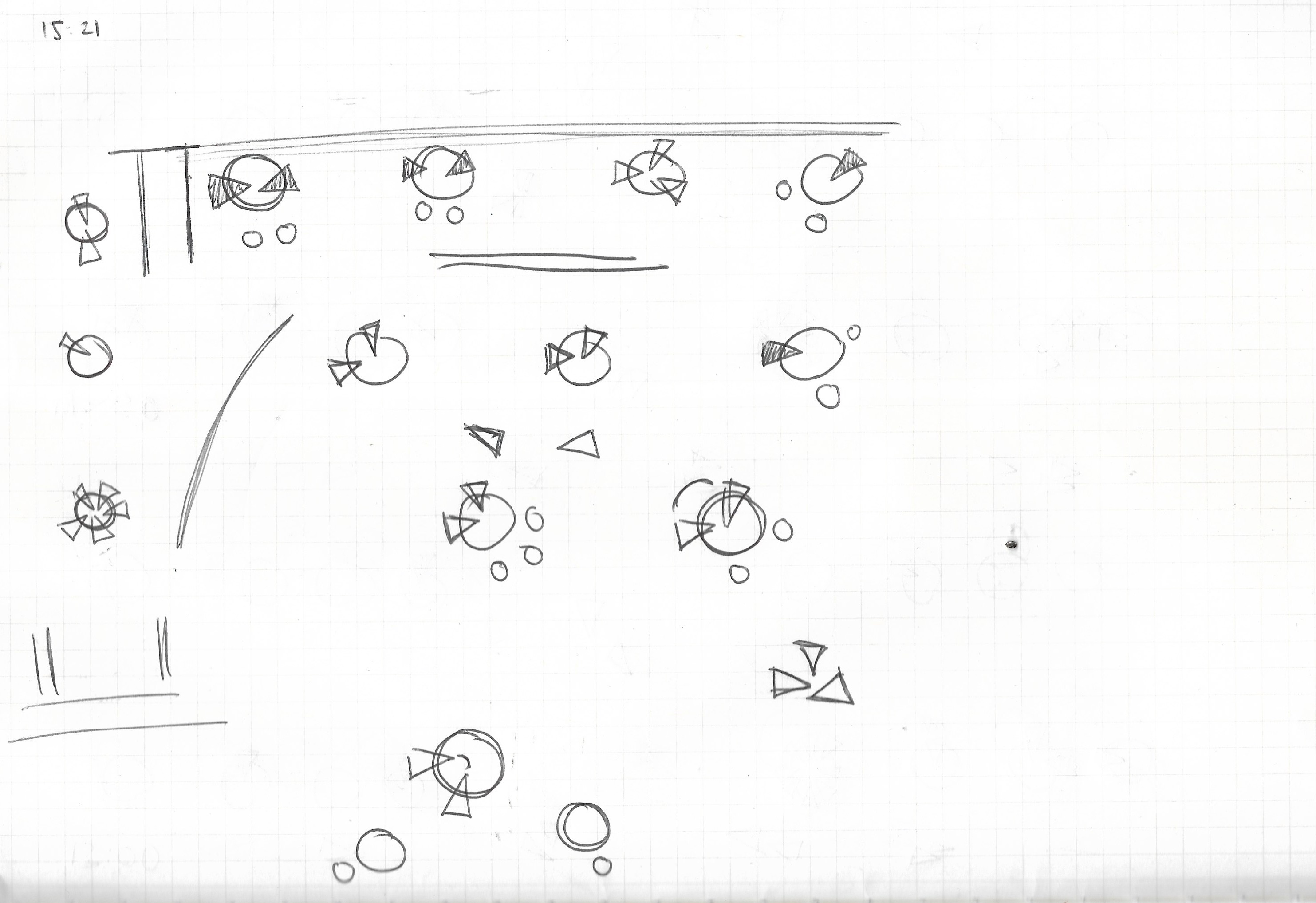

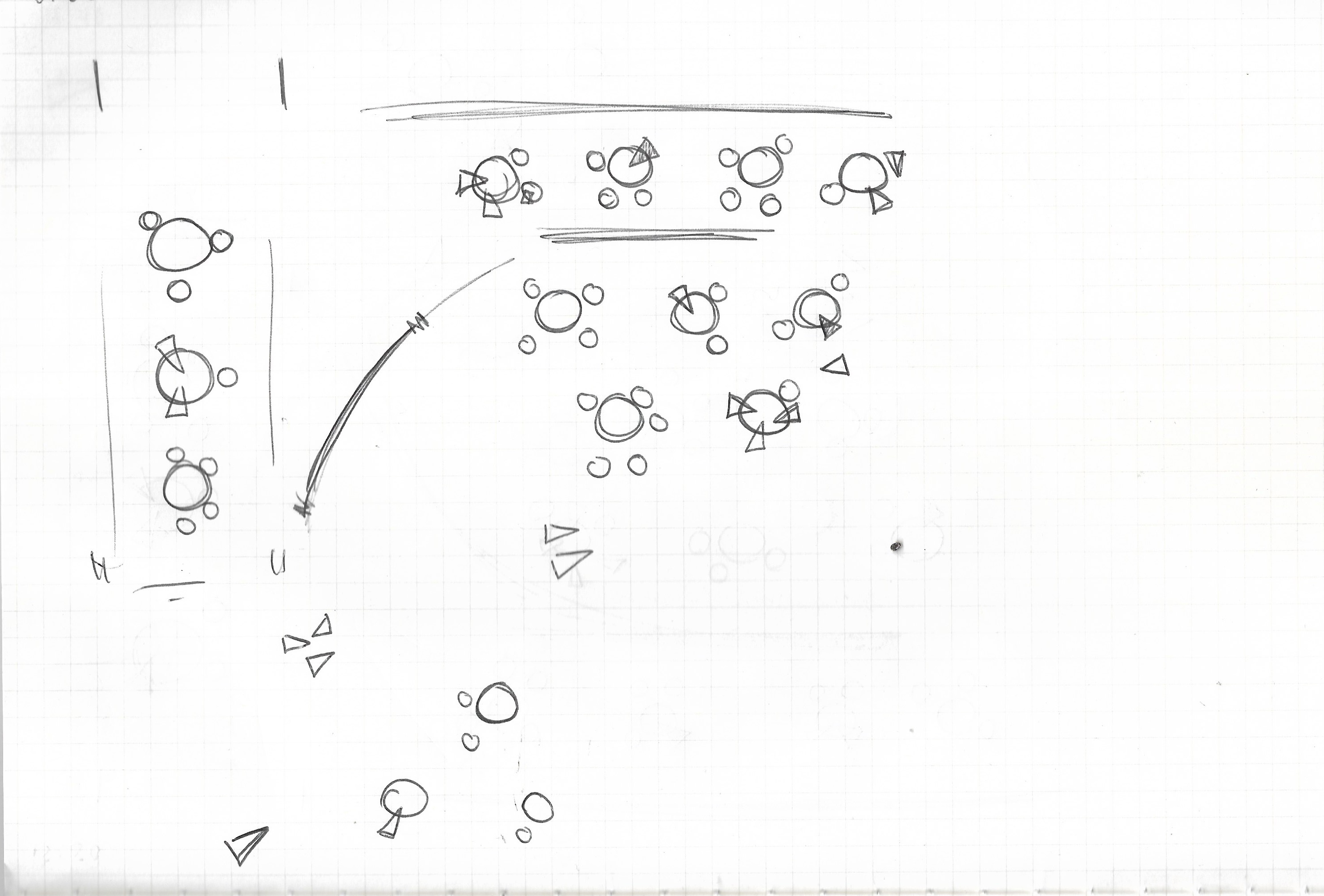
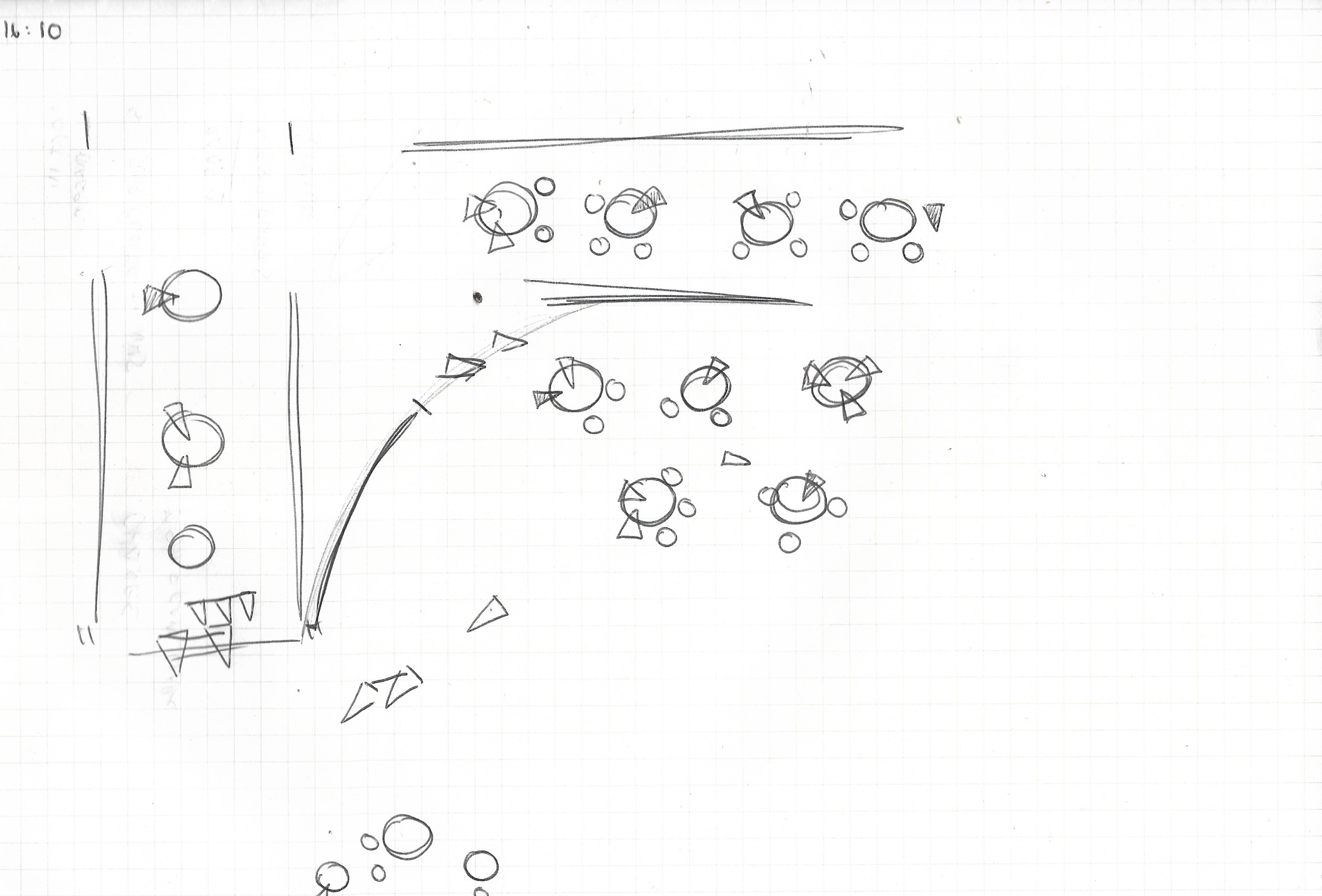
Trial 2
Hypothesis:
By implementing a GPS-based system that allows individuals to choose their preferred seating locations, it is expected that they will relocate to spots they find appealing. The GPS coordinates obtained can subsequently be fed into a machine learning model to identify patterns of behavior and inform the design of future spaces.
By implementing a GPS-based system that allows individuals to choose their preferred seating locations, it is expected that they will relocate to spots they find appealing. The GPS coordinates obtained can subsequently be fed into a machine learning model to identify patterns of behavior and inform the design of future spaces.
Learning:
People may require additional exposure and promotion to encourage the use of new technologies, despite their ease of use. This is where Clear Channel and their bilboards can play a crucial role as a communication medium
People may require additional exposure and promotion to encourage the use of new technologies, despite their ease of use. This is where Clear Channel and their bilboards can play a crucial role as a communication medium

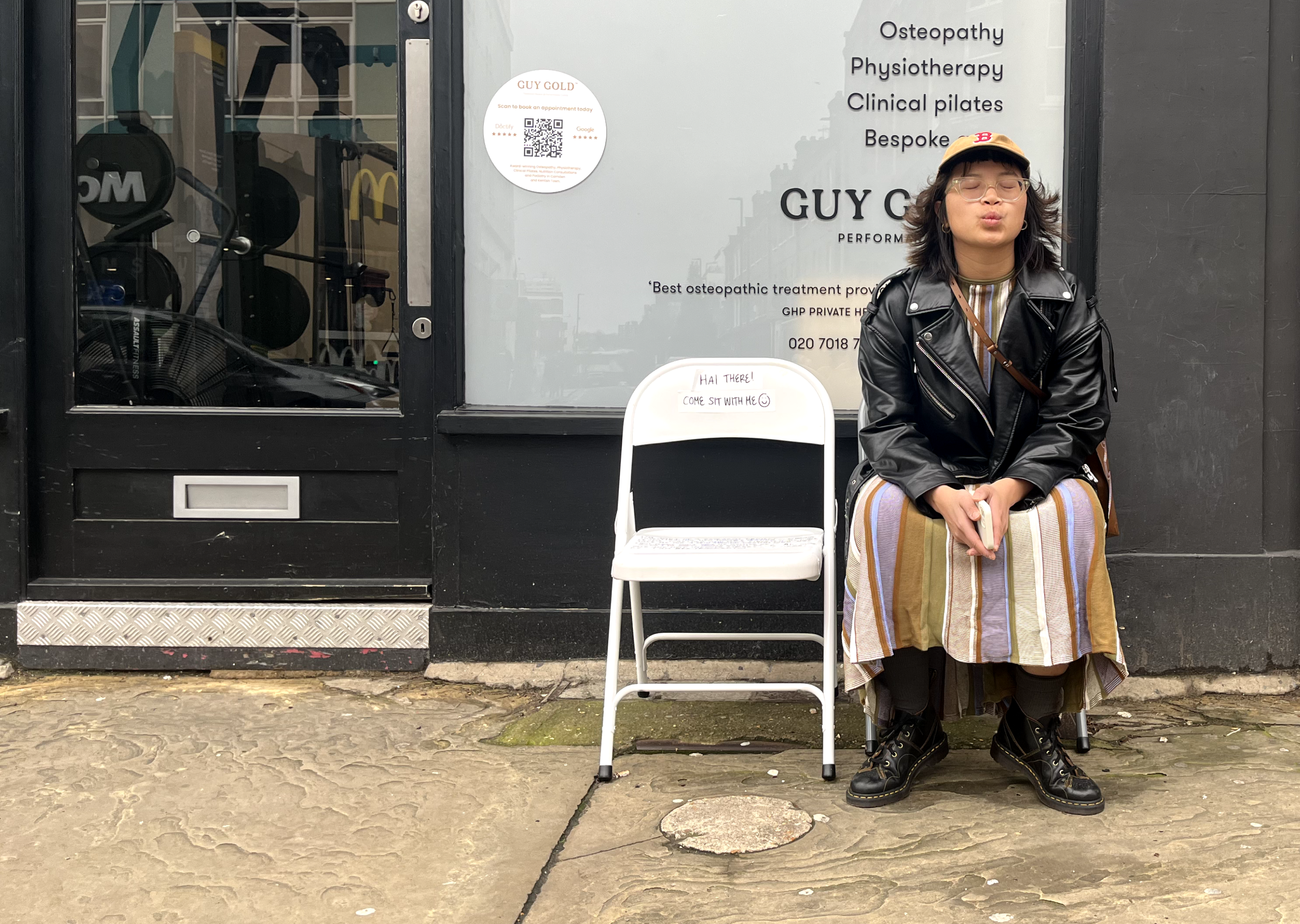
MACHINE LEARNING DESIGN
![]()
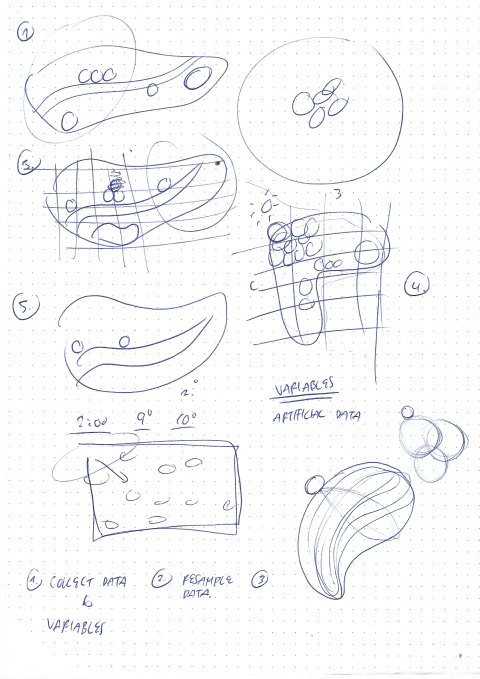
DESIGNING THE CHAIR

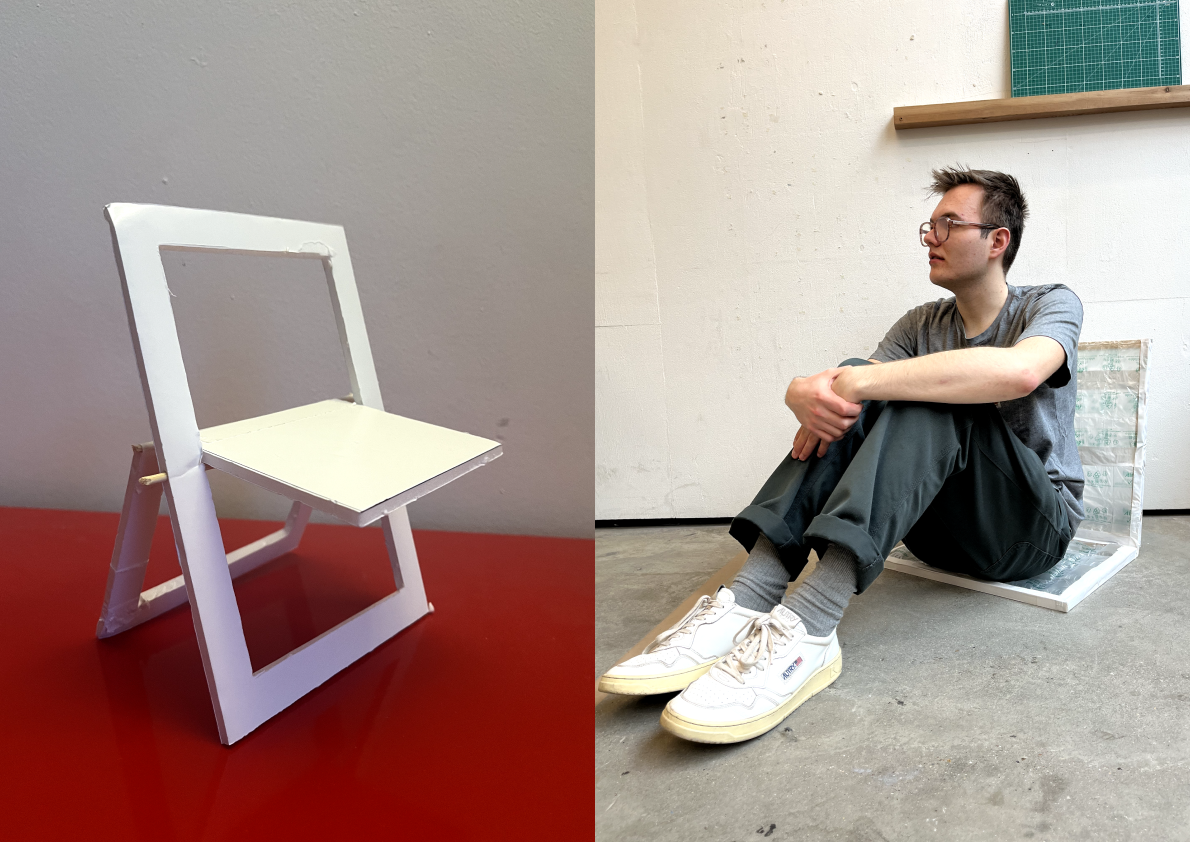
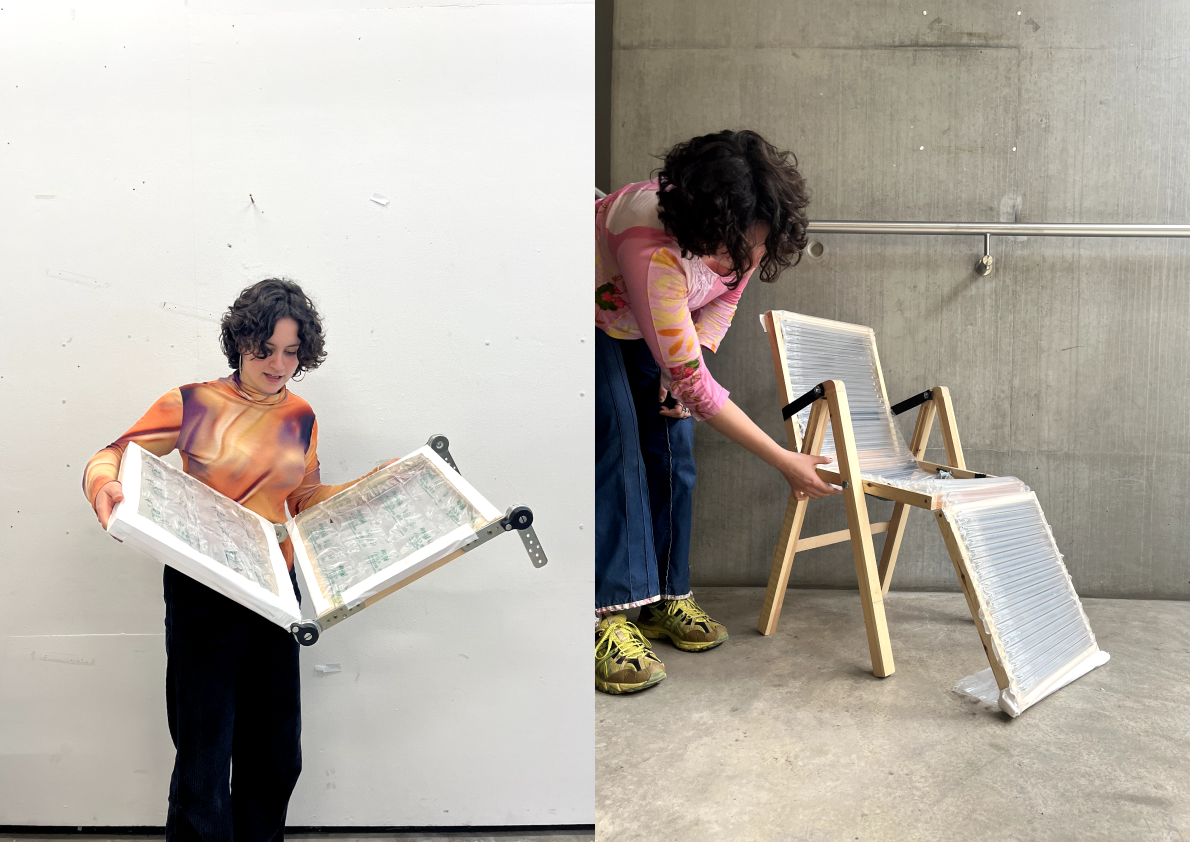
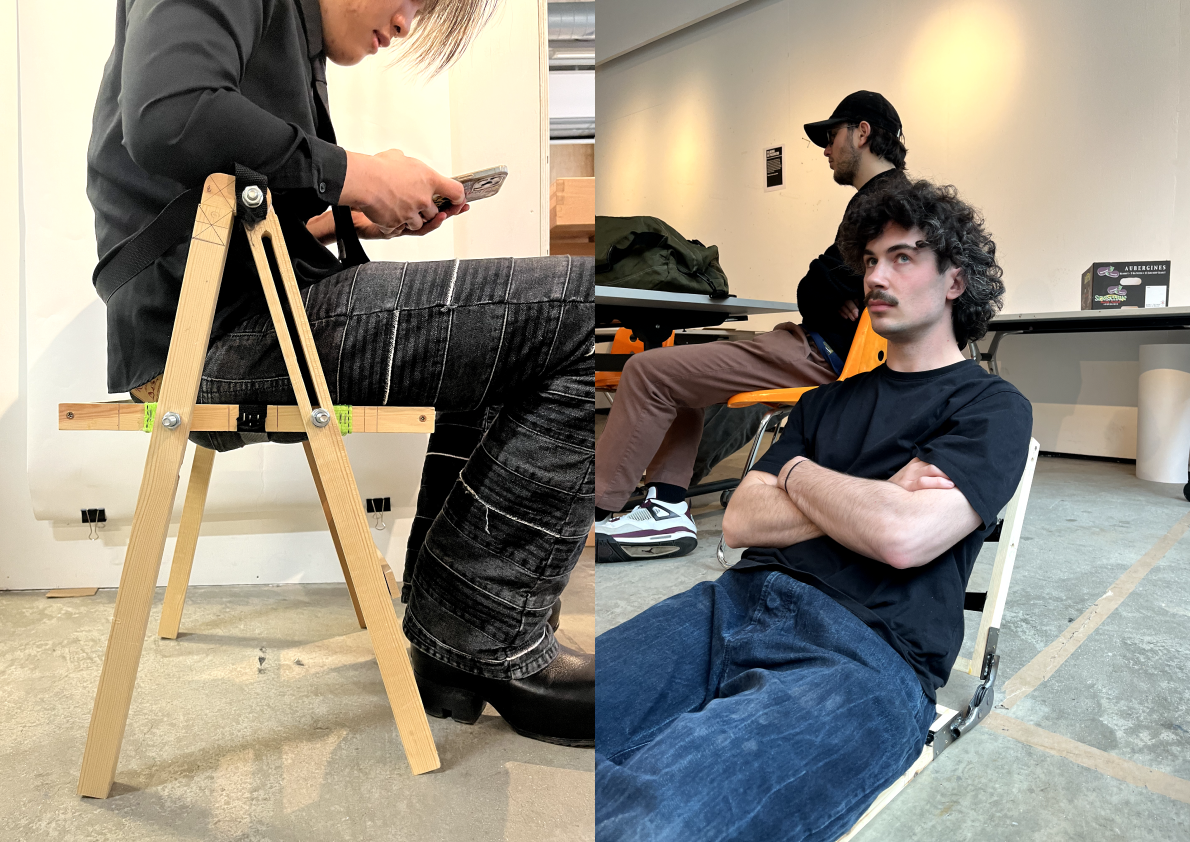
DESIGNING THE INTERFACE

